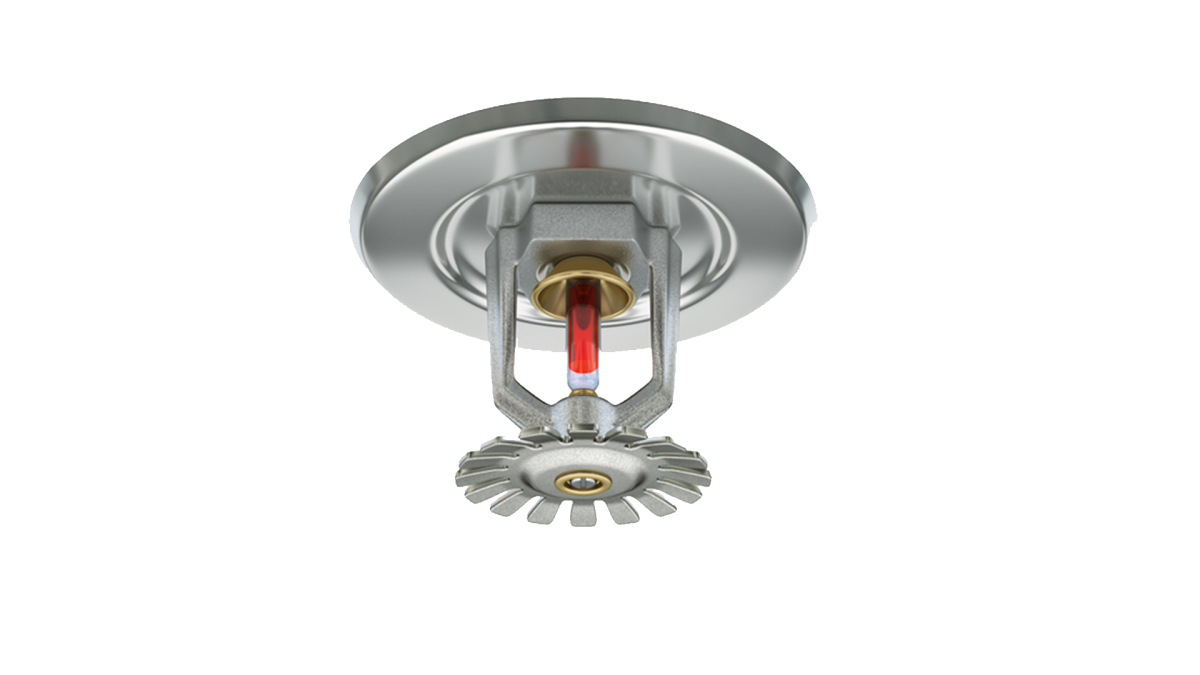
A fire sprinkler system is an active fire protection method, consisting of a water supply system, providing adequate pressure and flow rate to a water distribution piping system, onto which fire sprinklers are connected.
Although historically only used in factories and large commercial buildings, systems for homes and small buildings are now available at a cost-effective price. Fire sprinkler systems are extensively used worldwide, with over 40 million sprinkler heads fitted each year. In buildings completely protected by fire sprinkler systems, over 96% of fires were controlled by fire sprinklers alone.
Operation: Each closed-head sprinkler is held closed by either a heat-sensitive glass bulb or a two-part metal link held together with fusible alloy. The glass bulb or link applies pressure to a pipe cap which acts as a plug which prevents water from flowing until the ambient temperature around the sprinkler reaches the design activation temperature of the individual sprinkler head.
In a standard wet-pipe sprinkler system, each sprinkler activates independently when the predetermined heat level is reached. Thus, only sprinklers near the fire will operate, normally just one or two. This maximizes water pressure over the point of fire origin and minimizes water damage to the building.
A sprinkler activation will do less water damage than a fire department hose stream, which provides approximately 900 litres/min (250 US gallons/min). A typical sprinkler used for industrial manufacturing occupancies discharges about 75-150 litres/min (20-40 US gallons/min). However, a typical Early Suppression Fast Response (ESFR) sprinkler at a pressure of 50 psi (340 kPa) will discharge approximately 380 litres per minute (100 US gal/min).
In addition, a sprinkler will usually activate within one to four minutes of the fire’s start, whereas it typically takes at least five minutes for a fire department to register an alarm and drive to the fire site, and an additional ten minutes to set up equipment and apply hose streams to the fire. This additional time can result in a much larger fire, requiring much more water to extinguish.
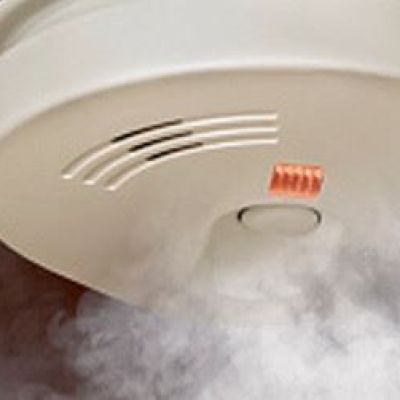
A conventional Smoke Detector is an efficient part of any fire protection system, used at home,...
Read More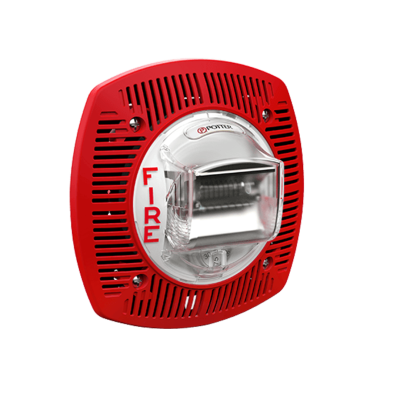
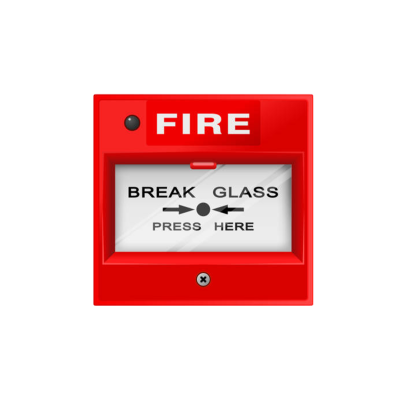
LC ZONE fire alarm pull stations are an ace fire protection device designed to initiate an alarm...
Read More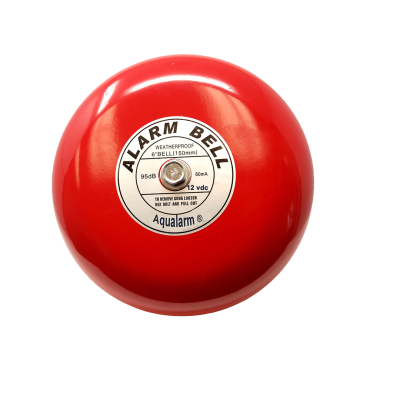
A Fire Alarm Bell System is an electronic high-pitched bell used to equip sites with fire systems...
Read More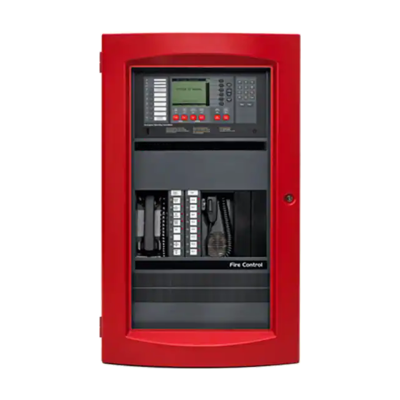
Our addressable control panels can pinpoint the source of a fire, alert, trouble, or other...
Read More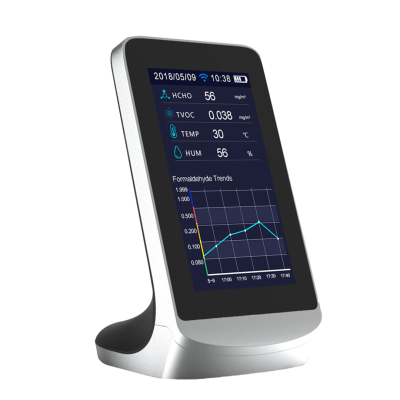
A Conventional Heat Detector Alarm is an effective part of any property protection system testing...
Read More